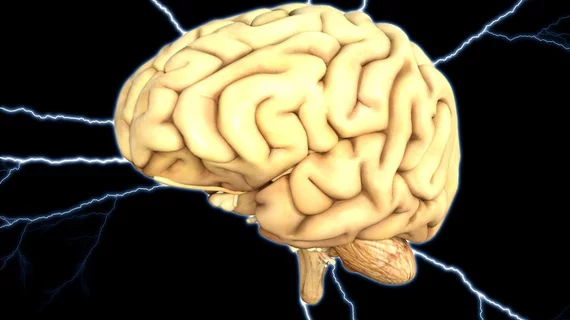Revamped infrared spectroscopy may improve brain imaging
A new paper published in Neurophotonics details improvements made to near infrared spectroscopy (fNIRS)-based imaging that may enhance brain imaging research.
The team from the Mallinckrodt Institute of Radiology in St. Louis and the University of Birmingham in the UK, used a high-density diffuse optical tomography (HD-DOT) configuration that allows for “overlapping measurements at multiple source-detector (SD)” distances. Ultimately, the authors reported, their technique led to improved image quality.
According to lead author Matthaios Doulgerakis, with the University of Birmingham, the revamped HD-DOT method also demonstrated improved depth sensitivity.
“While the use of the phase significantly improves image quality throughout the volume, the improvement is larger in the deeper regions…,” Doulgerakis and colleagues wrote.
fNIRS methods are used across a wide array of industries including functional brain mapping, psychology studies and early dementia diagnosis. An improved technique, the researchers noted, would be of great interest to the fNIRS community.
The team compared two techniques—continuous wave (CW) HD-DOT and frequency-domain (FD) HD-DOT—in 24 subject-specific anatomical models.
Overall, the addition of FD reduced localization error by up to 59% and effective resolution by up to 21%, the researchers wrote.
“Overall, this study suggests that the use of FD measurements in the context of HD-fDOT expands the potential for improvements in image quality beyond the current state of the art,” the authors concluded.

